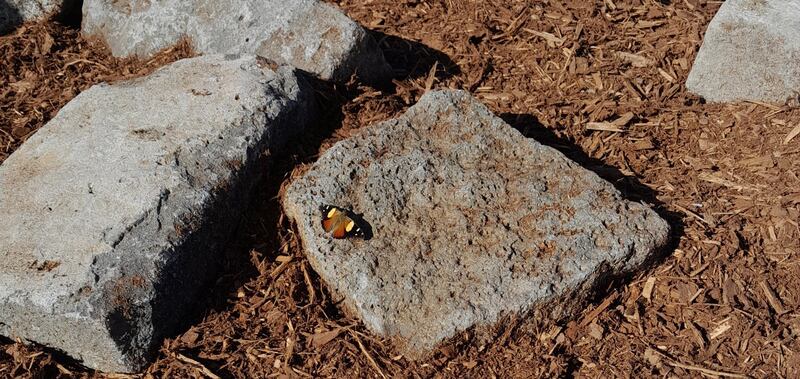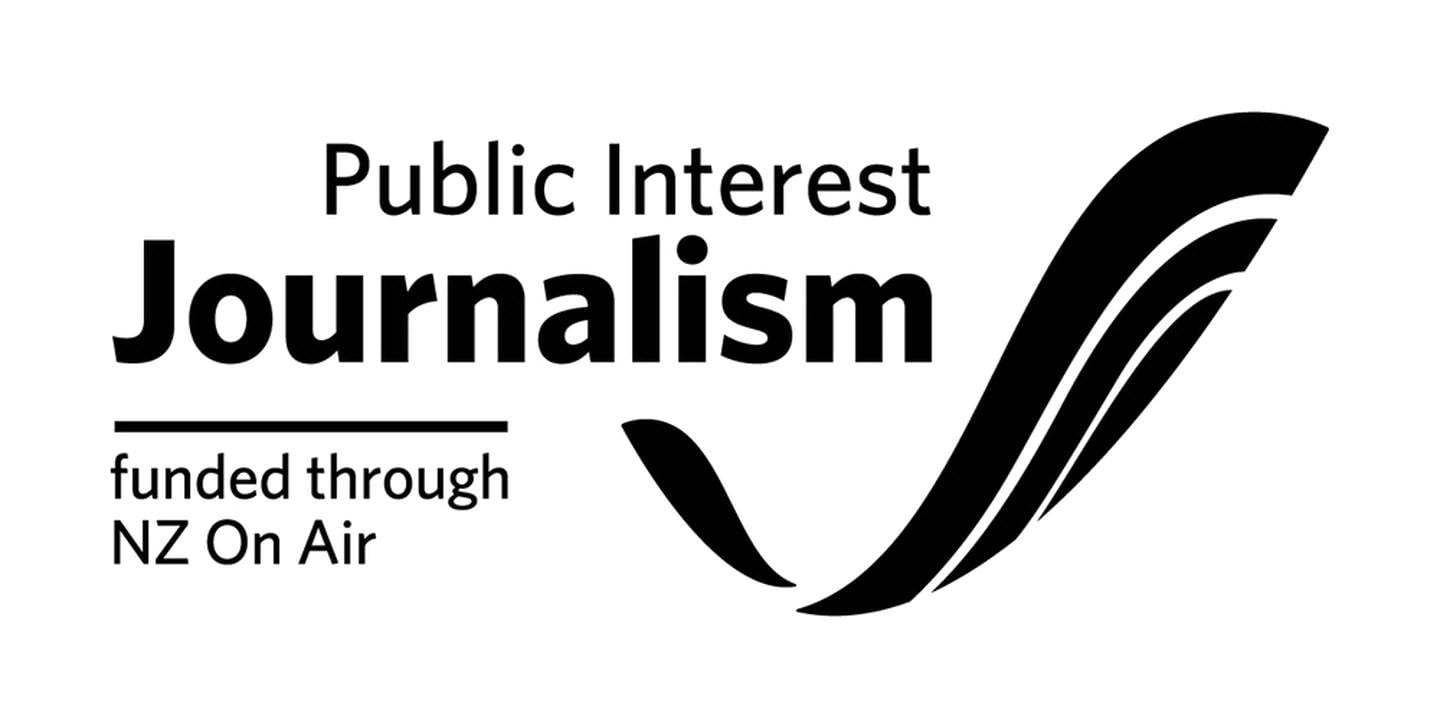Native plants and new seating accommodate the increasing number of visitors to Maungawhau, Mt Eden. Photo / Supplied
The long-awaited extension of the boardwalk on Maungawhau/Mt Eden has been officially opened by the Tūpuna Maunga Authority.
The expansion allows visitors to experience more of the tihi (summit), while protecting the maunga, according to the authority.
The newly added section of the boardwalk features a spacious ātea (gathering space), providing unobstructed panoramic views of Tāmaki Makaurau, from the harbours to the many other tūpuna maunga across the city.
Extensive native plants have been incorporated, alongside new platforms and seating to accommodate the increasing number of visitors, in a way that protects the area.
Mana whenua, the authority, design, construction, and taiao (environment) experts Isthmus Group, HEB Construction, Uru Whakaaro, and Stellar Projects all worked on the redevelopment.
"This is a significant achievement for the team," Tūpuna Maunga Authority chair Paul Majurey said.
"With over one million visitors annually to Maungawhau before Covid-19, this remarkable addition can accommodate the numbers while minimisng impact on the maunga."
"The improved experience preserves historical elements and showcases a thoughtfully designed environment."
A ponga wall and rock garden are among the new features leading to the summit.
Majurey says the plants not only enhance the natural beauty but also provide a habitat and protection for indigenous species such as the kahukōwhai (yellow admiral butterfly) and mokomoko (skinks).
“It’s important to be authentic in our selection of ngahere to return tūpuna maunga to their natural state.” Charmaine Bailie, a taiao practitioner from Uru Whakaaro says.

A rock garden is among the new features leading to the summit, alongside a ponga wall. Photo / Supplied
Due to the specialised nature of the plants selected, the planting process will continue across many seasons.
The design of the expanded boardwalk offers visitors a glimpse into the maunga's appearance centuries ago. The kōhatu (stone) used in the construction is sourced from the quarrying of the maunga itself, originally used in the building of the Mount Eden prison. After a part of the prison was demolished, the authority arranged for the return of the stones to the maunga, which were subsequently blessed by mana whenua.
"Maungawhau was one of the largest and most significant pā (fortified village) in Tāmaki Makaurau and holds immense cultural, spiritual, and historical significance to the 13 iwi and hapū (tribes and sub-tribes) of Ngā Mana Whenua o Tāmaki Makaurau," Majurey says.
He encourages visitors to explore Te Ipu Kōrero o Maungawhau, an education centre located at a kiosk on the maunga.
It features a short video and an interactive augmented reality model. Friend & Whau café, also based in the kiosk, offers whānau kawhe and a kai at the mid-point of their hīkoi to the summit.


